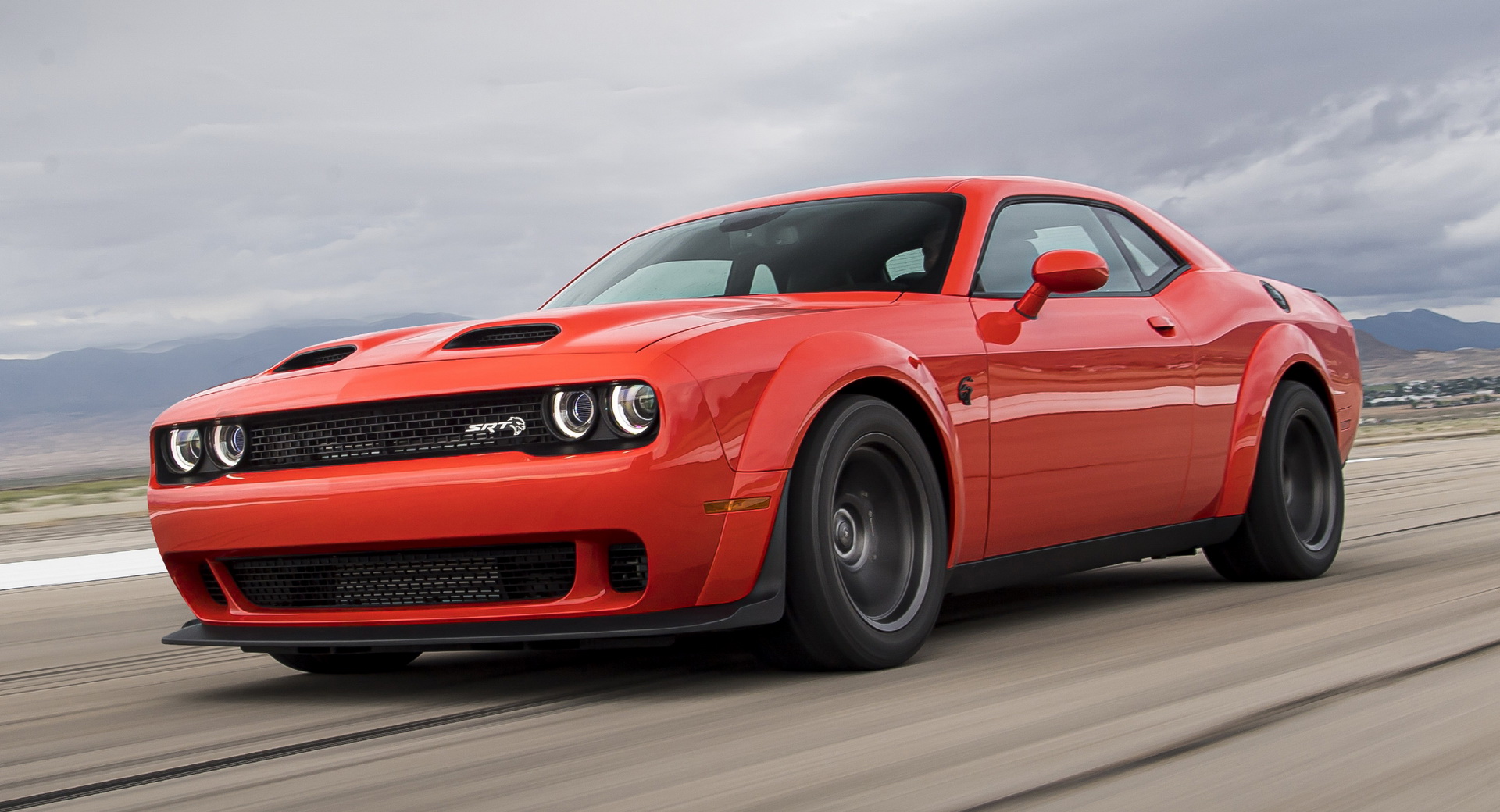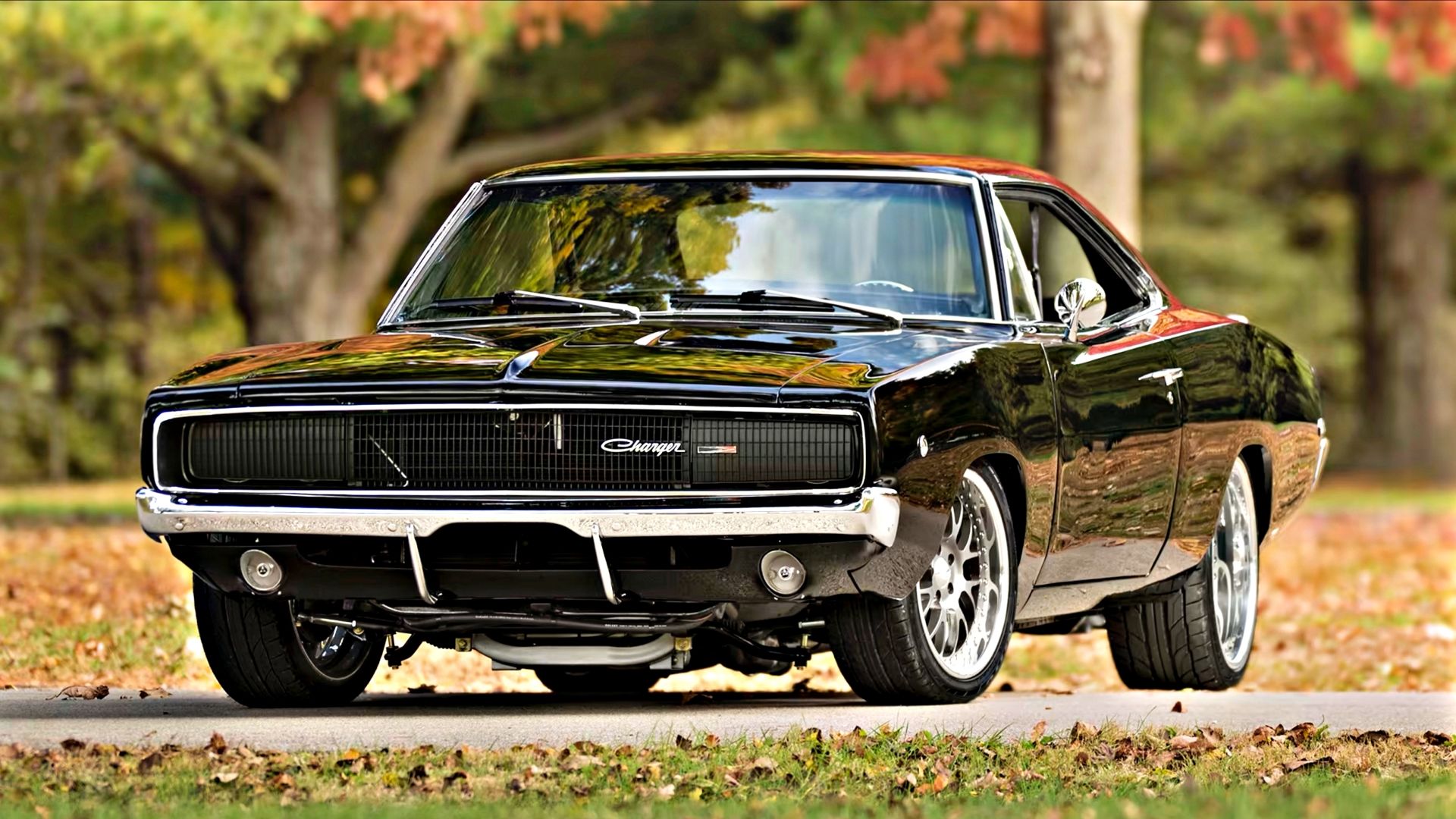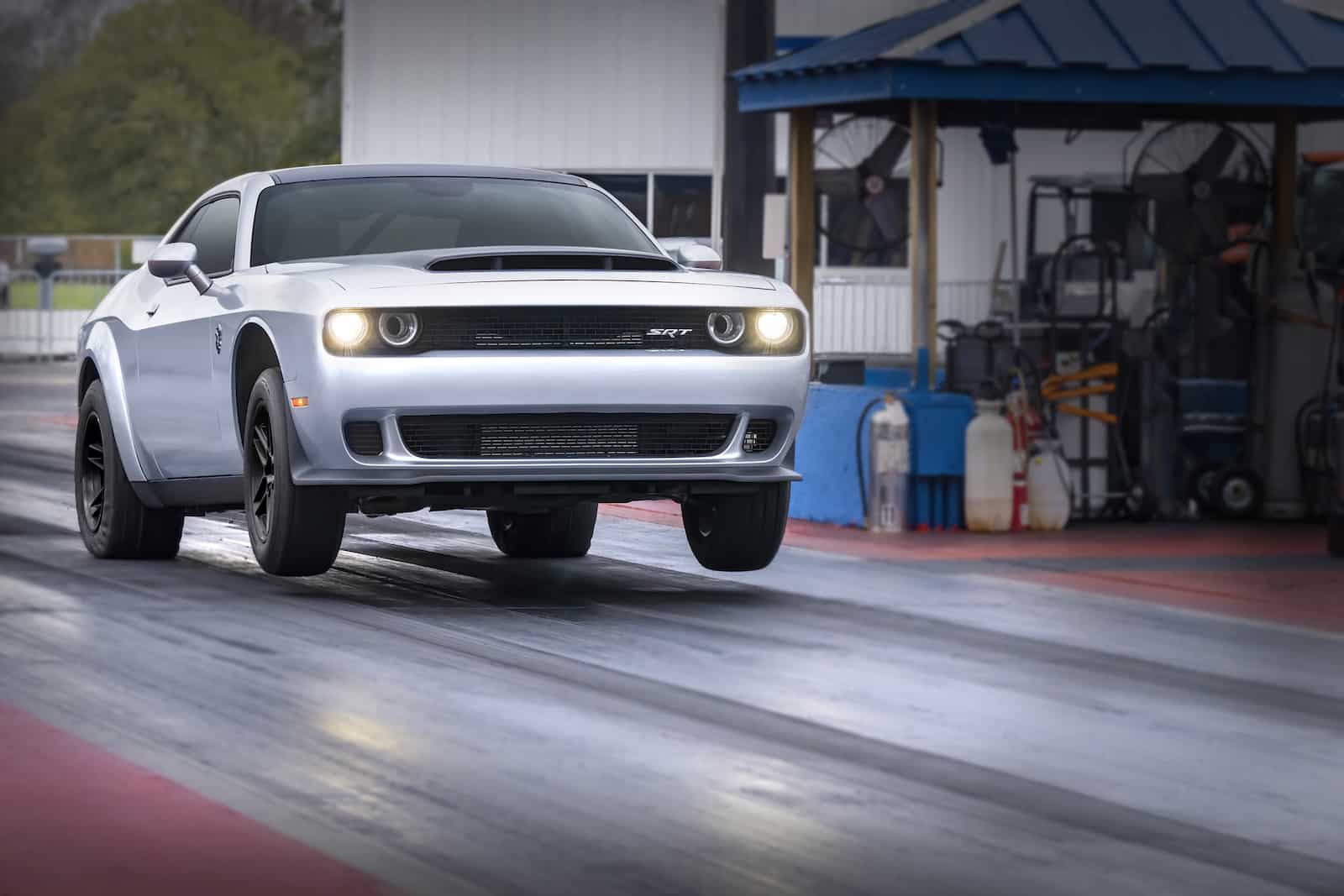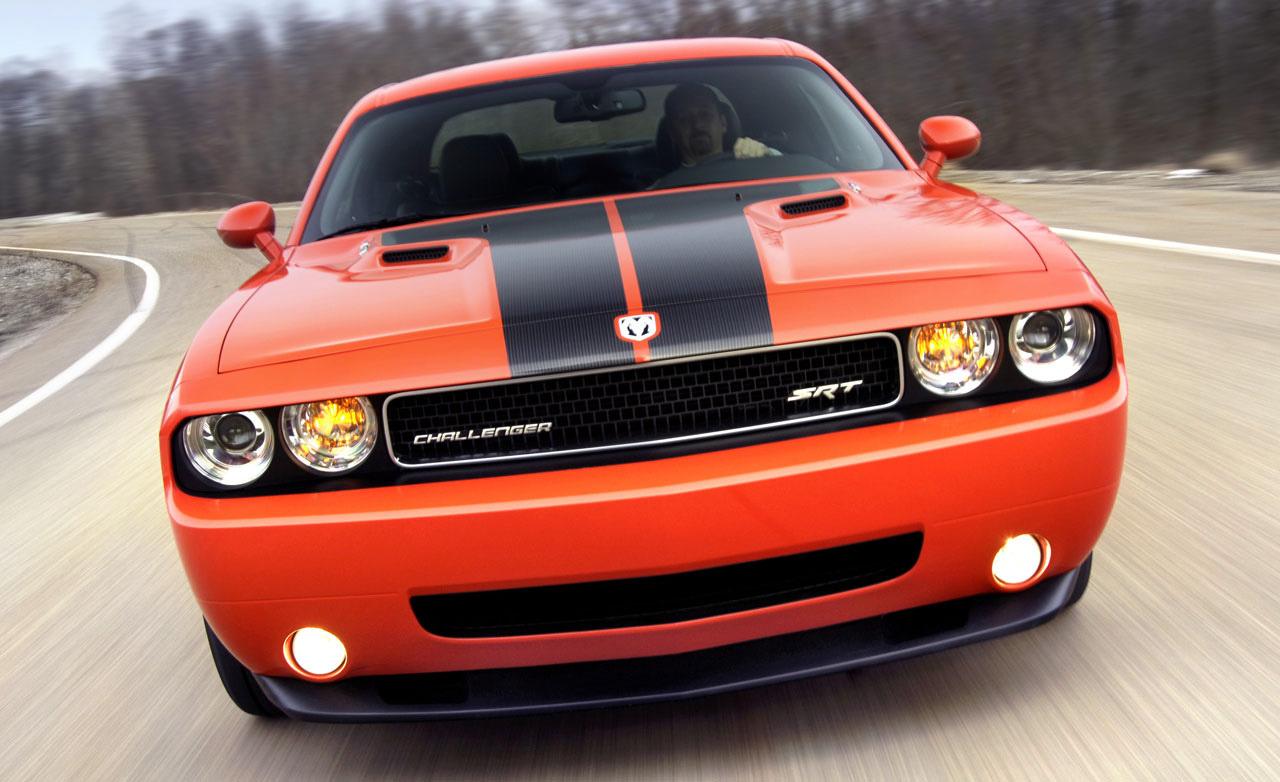Dodge 1500 Used Trucks For Sale: Your Comprehensive Buying Guide types.truckstrend.com
The pickup truck market is a vibrant and competitive landscape, but for many, the allure of a used Dodge 1500 remains strong. Before 2010, the iconic Ram truck was proudly part of the Dodge family, known for its bold styling, robust powertrains, and impressive capability. Today, these pre-Ram era Dodge 1500 trucks represent an exceptional value proposition for buyers seeking a reliable workhorse, a capable tow vehicle, or a versatile daily driver without the hefty price tag of a new model.
This comprehensive guide will delve into everything you need to know about navigating the market for used Dodge 1500 trucks. From understanding their generations and key features to essential pre-purchase checks and smart negotiation tactics, we’ll equip you with the knowledge to make an informed decision and drive away with a fantastic deal.
Dodge 1500 Used Trucks For Sale: Your Comprehensive Buying Guide
Why Choose a Used Dodge 1500? The Value Proposition
Opting for a used Dodge 1500 offers a multitude of benefits that make it an attractive choice for savvy buyers:
- Significant Cost Savings: The most obvious advantage is the lower purchase price compared to a new truck. Trucks, like all vehicles, experience their steepest depreciation in the first few years. Buying used allows you to bypass this initial depreciation hit.
- Slower Depreciation: Once a truck is a few years old, its depreciation rate slows considerably. This means your used Dodge 1500 will likely hold its value better over your ownership period than a brand-new vehicle.
- Proven Reliability: Many Dodge 1500 models, particularly those equipped with the legendary Hemi V8, have a reputation for durability when properly maintained. A used truck allows you to see how it has performed over time.
- Wide Availability and Variety: The Dodge 1500 (and its Ram successor) has been one of America’s best-selling trucks for decades. This means a vast inventory of used models, offering a wide array of configurations, engine options, trim levels, and price points to suit diverse needs and budgets.
- Utility and Capability: Whether you need to haul lumber, tow a boat, or simply navigate daily life with extra cargo space, a Dodge 1500 delivers on utility. Its robust frame and powerful engines are built for demanding tasks.

Understanding the Generations: A Brief History of the Dodge 1500
To truly appreciate and evaluate a used Dodge 1500, it’s crucial to understand the different generations and the key characteristics that define them. Remember, we are focusing on the Dodge 1500, which precedes the standalone "Ram" brand.

Second Generation (1994-2001): The "Big Rig" Look
- Defining Feature: This generation revolutionized pickup truck styling with its bold, "big rig" front end, moving away from the more conservative designs of its predecessors.
- Engines: Available with 3.9L V6, 5.2L V8 (318 Magnum), and 5.9L V8 (360 Magnum) engines. The V8s were popular for their torque and reliability.
- Note: These trucks are now quite old, making condition and maintenance history paramount. Rust can be a significant concern in certain regions.

-
Third Generation (2002-2008): Modernization and the Hemi Era
- Defining Feature: A complete redesign brought a more refined ride, improved interior quality, and crucially, the introduction of the powerful 5.7L Hemi V8 engine.
- Engines: 3.7L V6, 4.7L V8, and the much-loved 5.7L Hemi V8. The Hemi quickly became the engine of choice for its impressive power and towing capabilities.
- Note: These models offer a good balance of modern features and affordability. Common issues include dashboard cracks and exhaust manifold bolts on Hemi engines.
-
Fourth Generation (2009): The Last of the Dodge Rams
- Defining Feature: This was a significant redesign year, featuring a more modern interior, a smoother coil-spring rear suspension (replacing leaf springs), and improved ride quality. This single model year was branded "Dodge Ram 1500" before the truck division spun off into its own "Ram" brand in 2010.
- Engines: Primarily the 3.7L V6, 4.7L V8, and 5.7L Hemi V8.
- Note: These 2009 models offer the most modern features and ride quality under the "Dodge" badge, making them highly desirable.
Key Features and Trims to Look For
When browsing used Dodge 1500 trucks, understanding the various configurations and trims will help you find the perfect match for your needs:
- Cab Configurations:
- Regular Cab: Two doors, typically seating for two or three. Best for work or single drivers.
- Quad Cab: Four doors, but the rear doors are smaller, offering less rear legroom than a full crew cab. A good compromise.
- Crew Cab: Four full-size doors, maximizing rear passenger comfort and legroom. Ideal for families or those who frequently carry multiple passengers. (More prevalent in later 3rd and 4th Gen models).
- Bed Lengths: Common options include 5.5-foot, 6.5-foot, and 8-foot beds. Consider your primary hauling needs.
- Drive Types:
- 2WD (Two-Wheel Drive): More fuel-efficient, generally less expensive. Ideal for paved roads and light-duty work.
- 4WD (Four-Wheel Drive): Essential for off-road adventures, severe weather conditions, or challenging terrain. Adds cost and complexity.
- Engine Options: As discussed, the 5.7L Hemi V8 is a popular choice for its power. Older V8s are also reliable. Consider your power and towing requirements.
- Trim Levels: Dodge 1500s came in various trims, from basic work trucks to more luxurious options:
- ST/SXT/Tradesman: Base models, often with vinyl seats and minimal features, designed for work.
- SLT: Mid-range, offering more comfort and convenience features like power windows, cloth seats, and chrome accents.
- Sport: More aggressive styling, body-colored bumpers, and often upgraded wheels.
- Laramie: Top-tier luxury, featuring leather seats, premium sound systems, and more advanced features.
The Pre-Purchase Checklist: What to Inspect
Buying a used truck requires diligence. Follow this checklist to ensure you’re making a sound investment:
- Vehicle History Report (VHR): A non-negotiable step. Obtain a CarFax or AutoCheck report. Look for:
- Accident history
- Flood damage
- Salvage or rebuilt titles
- Odometer discrepancies
- Number of previous owners
- Service records (if available)
- Exterior Inspection:
- Rust: Crucial for older Dodge 1500s. Check wheel wells, rocker panels, frame rails, bed supports, and underneath the cab. Surface rust is often manageable, but extensive frame rust is a red flag.
- Body Panels: Look for consistent panel gaps, mismatched paint, or signs of bondo, which could indicate undisclosed accident repairs.
- Tires: Check tread depth and even wear. Uneven wear can signal alignment or suspension issues.
- Interior Inspection:
- Condition: Look for excessive wear on seats, steering wheel, and pedals, which might not match the odometer reading.
- Electronics: Test every button, switch, light, and feature (windows, locks, radio, AC/heater, cruise control).
- Odors: Musty smells can indicate water leaks; a sweet smell could mean coolant leaks.
- Under the Hood:
- Fluid Leaks: Check for oil, coolant, or transmission fluid leaks.
- Belts and Hoses: Look for cracks, fraying, or bulges.
- Battery: Check for corrosion.
- Engine Noises: Listen for knocking, ticking, or squealing sounds.
- Test Drive:
- Cold Start: Listen for any unusual noises immediately after starting.
- Acceleration & Braking: Ensure smooth acceleration and firm, responsive braking without pulling.
- Transmission: Check for smooth shifts without hesitation or clunking. Test reverse.
- Steering: Should be precise, without excessive play or pulling.
- Suspension: Drive over bumps to check for excessive bouncing or clunking noises.
- 4WD (if applicable): Test engagement and disengagement in a safe area.
- Professional Pre-Purchase Inspection (PPI): This is arguably the most important step. Take the truck to an independent mechanic you trust. They can put it on a lift, identify hidden issues, and give you an objective assessment of its condition. This small investment can save you thousands down the road.
Where to Find Used Dodge 1500 Trucks
- Dealerships (Franchise & Independent): Offer convenience, often a limited warranty, and financing options. Prices might be higher, but vehicles are usually reconditioned.
- Online Marketplaces (AutoTrader, Cars.com, CarGurus): Huge selection, easy comparison, and detailed listings.
- Private Sellers (Facebook Marketplace, Craigslist): Often the best deals, but require more caution and due diligence on your part.
- Auctions: Can yield very low prices, but vehicles are sold "as-is" with no guarantees, making them risky for inexperienced buyers.
Negotiating and Closing the Deal
- Research Market Value: Use sites like Kelley Blue Book (KBB.com) or Edmunds.com to determine a fair price range based on year, mileage, condition, and features.
- Be Prepared to Walk Away: This is your strongest negotiating tool.
- Leverage Inspection Findings: Use any issues discovered during your inspection as leverage for a lower price.
- Ask for Maintenance Records: A well-documented service history is a huge plus.
- Understand Financing: Get pre-approved for a loan if needed, so you know your budget before you shop.
- Paperwork: Ensure all titles, registrations, and bills of sale are properly completed and signed. Verify VINs match on all documents.
Potential Challenges and Solutions
While buying a used Dodge 1500 can be a great decision, be aware of common challenges:
- Rust: As mentioned, especially on older models in regions with harsh winters.
- Solution: Thorough inspection, consider rust-proofing if you live in a prone area, and be prepared for potential repairs.
- Unknown Maintenance History: If a VHR or seller cannot provide records.
- Solution: Budget for immediate maintenance (fluid changes, tune-up) and a comprehensive PPI.
- Common Mechanical Issues: Some generations or engines have known quirks (e.g., exhaust manifold bolts on Hemi, dashboard cracks in 3rd Gen).
- Solution: Research common issues for the specific year/engine you’re considering and ask your mechanic to pay special attention to them during the PPI.
- High Mileage: Many used trucks have high mileage, as they are often used for work.
- Solution: High mileage isn’t necessarily a deal-breaker if the truck has been meticulously maintained. Focus on condition and maintenance records.
Estimated Price Table for Used Dodge 1500 Trucks
Please note that these are estimated price ranges in USD and can vary significantly based on the truck’s exact year, mileage, condition, trim level, engine, 2WD/4WD, geographic location, and seller.
| Model Year Range | Generation | Estimated Price Range (USD) | Key Features/Notes |
|---|---|---|---|
| 1994-2001 | 2nd Gen | $3,000 – $8,000 | The "Big Rig" Era. Prices are highly dependent on condition, mileage (often very high), and rust. Best for budget buyers needing basic utility. Look for models with documented maintenance. Lower end for higher mileage/rougher condition, higher end for well-preserved examples. |
| 2002-2008 | 3rd Gen | $5,000 – $15,000 | Hemi V8 Introduced. More refined and capable. Prices vary greatly by mileage, engine choice (Hemi typically commands more), 2WD/4WD, and trim level. Models with known issues addressed (e.g., dashboard, exhaust manifold) or comprehensive service records will be at the higher end. Good value for a more modern feel. |
| 2009 | 4th Gen | $8,000 – $18,000 | Last "Dodge Ram" Year. Features a significant redesign with a coil-spring rear suspension for a smoother ride and updated interior. This single year under the "Dodge" branding is highly sought after for its blend of modernity and brand heritage. Higher end for lower mileage, well-maintained examples with desirable options (Hemi, 4WD, higher trims). Lower end for higher mileage or base models. |
| Disclaimer | Note: From 2010 onwards, the truck line was rebranded as "Ram 1500," no longer carrying the "Dodge" name. While these trucks are direct successors, they fall outside the strict definition of "Dodge 1500" used in this guide. Used Ram 1500s (2010-present) typically range from $10,000 to $40,000+ depending on age, generation, features, and condition, reflecting their newer technology and design. |
Frequently Asked Questions (FAQ)
Q1: What’s the difference between a Dodge 1500 and a Ram 1500?
A1: Before 2010, Ram trucks were part of the Dodge brand (e.g., "Dodge Ram 1500"). In 2010, Chrysler Group (now Stellantis) spun off Ram into its own dedicated truck brand. So, a "Dodge 1500" refers to models made before 2010, while "Ram 1500" refers to models made from 2010 onwards. They are direct lineage, but with a brand distinction.
Q2: What are the most common problems with used Dodge 1500s?
A2: Common issues can include rust on the body and frame (especially older models in harsh climates), dashboard cracks (3rd Gen), exhaust manifold bolt failures (Hemi V8s), and some electrical gremlins. A thorough pre-purchase inspection can identify many of these.
Q3: What mileage is too high for a used Dodge 1500?
A3: There’s no definitive "too high" mileage. A well-maintained Dodge 1500 with 150,000-200,000 miles can still have plenty of life left, especially with the Hemi engine. Conversely, a lower mileage truck with poor maintenance can be a nightmare. Focus on the truck’s overall condition, maintenance records, and a professional inspection rather than mileage alone.
Q4: Is the Hemi engine reliable?
A4: Yes, the 5.7L Hemi V8 is generally considered a reliable and durable engine. Its main common issue is the exhaust manifold bolts breaking, which can cause an exhaust leak and ticking noise. This is often repairable. Regular oil changes and maintenance are key to its longevity.
Q5: Should I get a professional inspection even if the truck looks good?
A5: Absolutely. A professional pre-purchase inspection (PPI) is highly recommended. A mechanic can identify issues that aren’t visible to the untrained eye, such as frame damage, worn suspension components, or underlying engine/transmission problems. It’s a small investment that can save you significant money and headaches.
Conclusion
The used Dodge 1500 truck market offers an enticing opportunity for buyers seeking a powerful, versatile, and budget-friendly pickup. By understanding the nuances of each generation, knowing what features to prioritize, and diligently following a pre-purchase checklist, you can confidently navigate the buying process. A used Dodge 1500 isn’t just a vehicle; it’s a testament to enduring American truck engineering, ready to tackle your toughest jobs and daily adventures for years to come. With the right research and a bit of patience, your ideal used Dodge 1500 is out there, waiting for its next owner.
